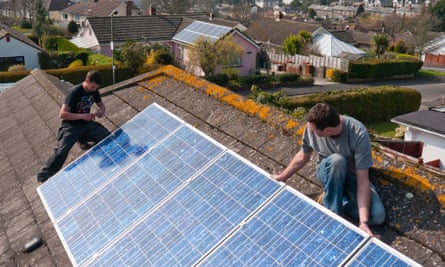Commercial Solar Panel Releaf And National Geographic

Was it a good idea to take productive farmland and cover it with solar panels.
Commercial solar panel releaf and national geographic. Solar cells alone can only make enough energy to run a calculator. Place solar panels on a satellite beam the collected energy to a receiver on earth and convert the beam to electricity. Every 230 million years the sun and the solar system it carries with it makes one orbit around the milky way s center. Many are familiar with so called photovoltaic cells or solar panels found on things like spacecraft rooftops and handheld calculators.
It consists of one megawatt solar plant. The core idea of space based solar has been in development since the 1970s. Pse g the local electric gas utility is installing more than 4 000 panels on six acres of unused land in hackensack. How solar panels work m e t a l c.
It s on a brownfield site vo. It became the first u s. If even more power is needed solar panels can be combined to create solar arrays. This returns the elec trons so the process can con tinue.
Published march 28. Caryl sue national geographic society. Solar cells are small enough to power even smaller devices such as calculators parking meters trash compactors and water pumps. Solar panels and cells can be fixed to the roofs or exterior walls of buildings supplying electricity for the structure.
The cells are made of semiconductor materials like those. To generate more power they are often combined to form solar panels. They can be placed along roads to light highways. Solar facility to host commercial beekeeping.
National geographic s chasing genius. We call it a solar farm. Today s commercial solar cells usually fashioned from silicon are still relatively expensive to produce even though prices have come down and they generally manage to capture only 10 to 20. Though we can t feel it the sun traces its orbit at an average velocity.
France approved a law last week that requires the roofs of new commercial buildings be covered at least in part by either solar panels or plants.















































